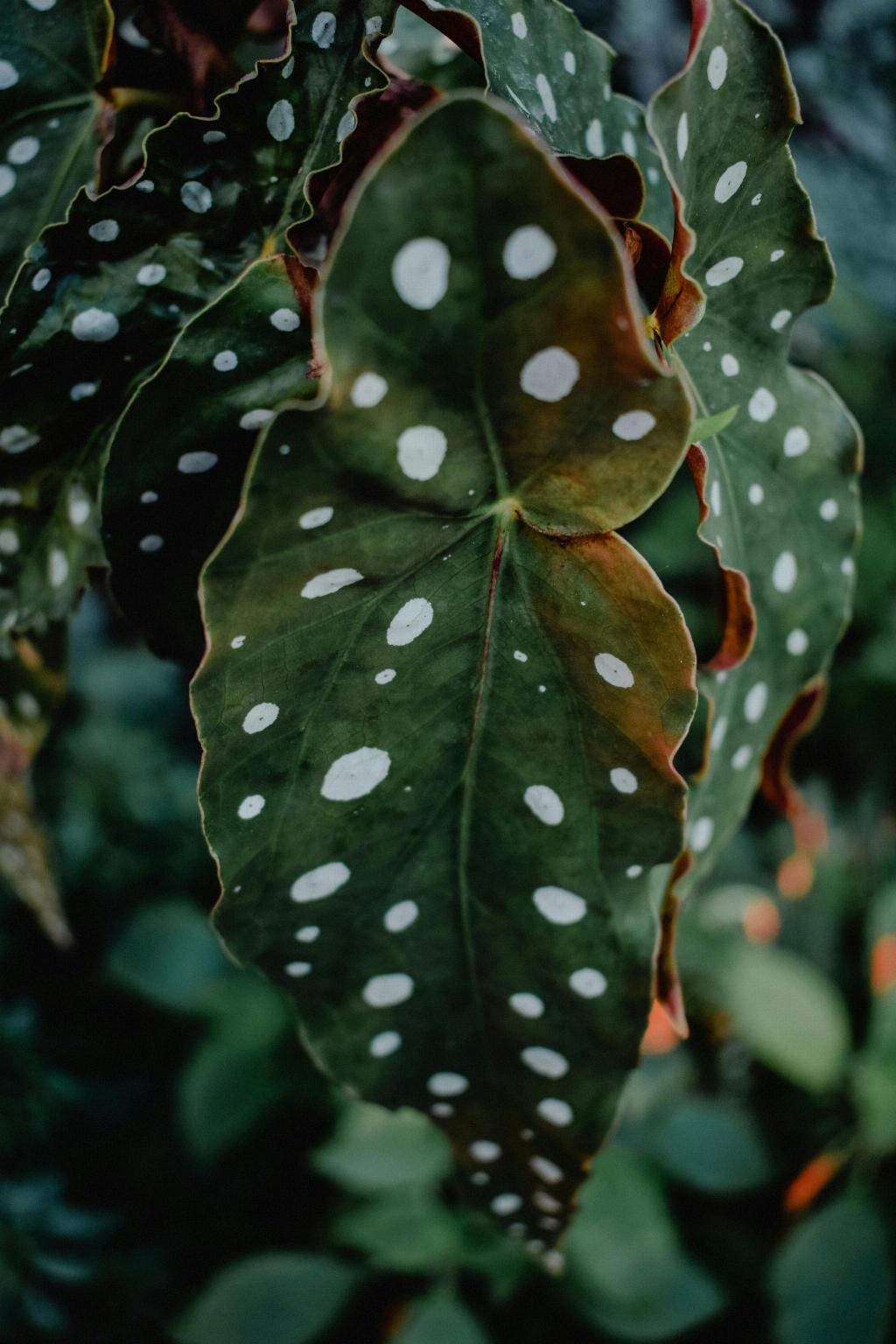Pruning begonias is a crucial task to ensure the health and vitality of these beautiful plants. By removing dead or overgrown parts, you can promote new growth, improve air circulation, and enhance the overall appearance of your begonias. In this article, we will explore the step-by-step process of pruning begonias efficiently and effectively.
Benefits of Pruning Begonias
There are numerous benefits to pruning begonias. By removing dead or diseased leaves, you can prevent the spread of infections and diseases. Pruning also helps in shaping the plant, promoting bushier growth, and encouraging the development of more flowers. Additionally, regular pruning can stimulate new growth and rejuvenate the plant, leading to overall better health and vigor.
When to Prune Begonias
Knowing when to prune your begonias is key to successful maintenance. It is generally recommended to prune begonias in the spring or early summer when the plant is actively growing. Avoid pruning during the winter or dormant periods, as this can stress the plant. Keep an eye out for signs of overgrowth or dead foliage as indicators that it’s time to trim your begonias.
Tools and Equipment for Pruning Begonias
Having the right tools for pruning begonias is essential. Some basic tools you may need include sharp scissors, pruning shears, and gloves to protect your hands. Ensure your tools are clean and sharp to make precise cuts and minimize damage to the plant. Having a spray bottle with rubbing alcohol to disinfect your tools between cuts can also help prevent the spread of diseases.
Step-by-Step Guide to Pruning Begonias
1. Start by inspecting your begonia plant and identifying areas that need pruning.
2. Using clean, sharp scissors or shears, carefully trim away any dead, damaged, or overgrown leaves and stems.
3. Make clean cuts at a slight angle just above a node or leaf joint to promote new growth.
4. Remove any flowers that have wilted or finished blooming to encourage the plant to produce more blooms.
5. Continue to prune regularly to maintain the shape and health of your begonias.
Common Mistakes to Avoid When Pruning Begonias
One common mistake when pruning begonias is cutting too much foliage at once. Avoid cutting more than one-third of the plant at a time to prevent stress and shock. Another mistake is not disinfecting your tools between cuts, which can spread diseases. Lastly, be careful not to prune too late in the season, as this can affect the plant’s ability to transition into dormancy.
Maintaining Pruned Begonias
After pruning your begonias, continue to provide them with proper care and maintenance. Ensure they receive adequate sunlight, water, and nutrients to support new growth. Monitor the plants for any signs of stress or disease and address any issues promptly. Regularly deadhead spent flowers and trim back any unruly growth to keep your begonias looking their best.

Conclusion and Final Tips for Pruning Begonias
Pruning begonias is a simple yet essential task that can greatly benefit the health and appearance of these plants. By following the proper techniques and timing for pruning, you can promote vigorous growth, more blooms, and overall plant vitality. Remember to use sharp, clean tools, avoid over-pruning, and maintain a regular pruning schedule to keep your begonias thriving.
